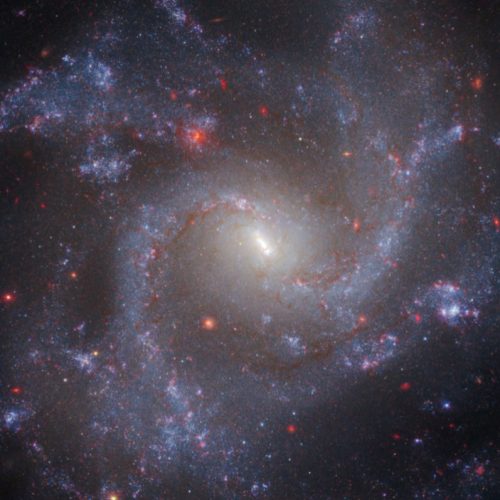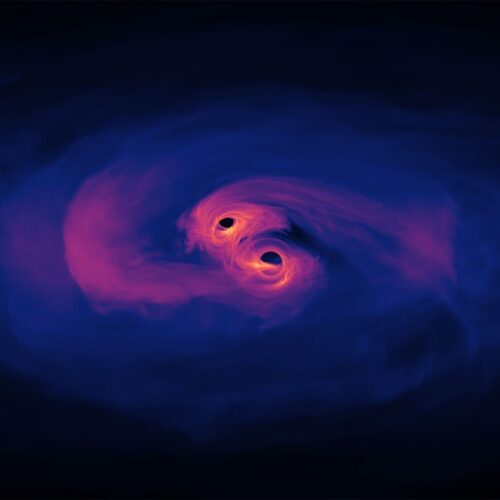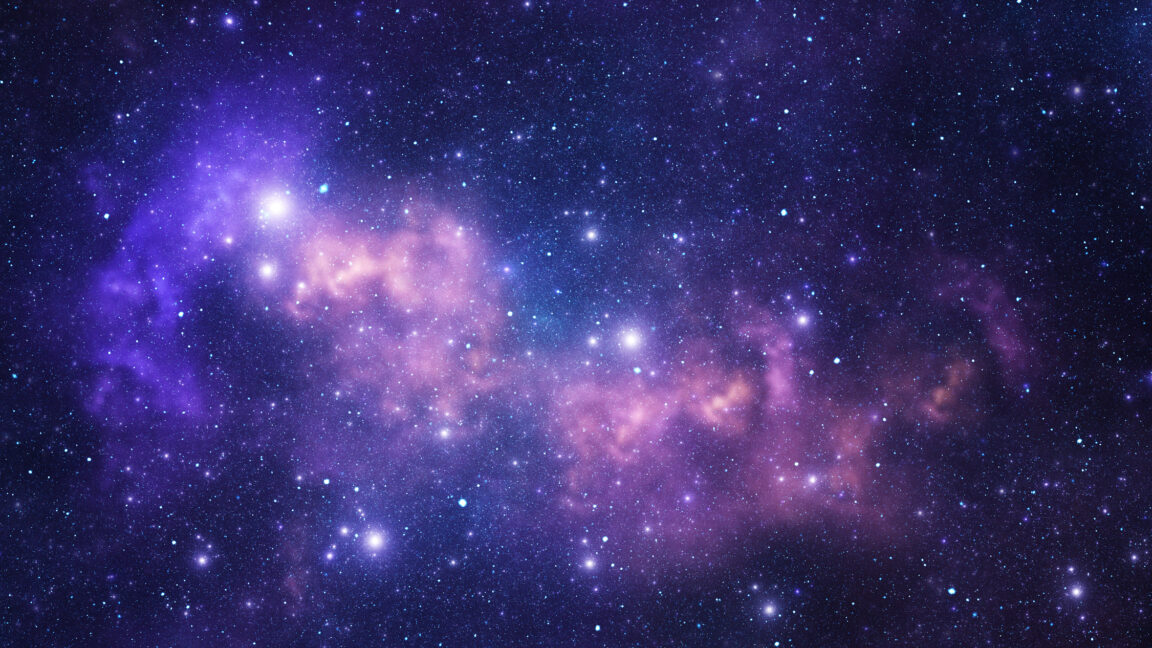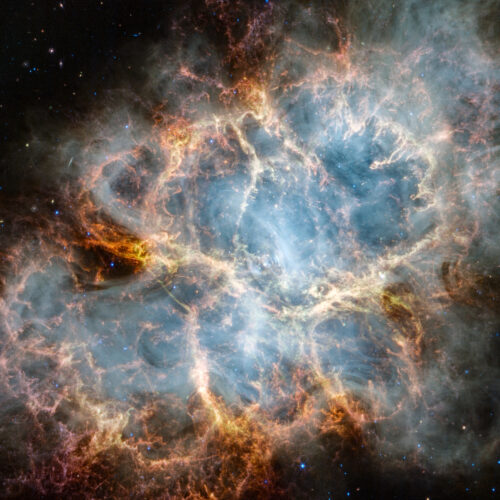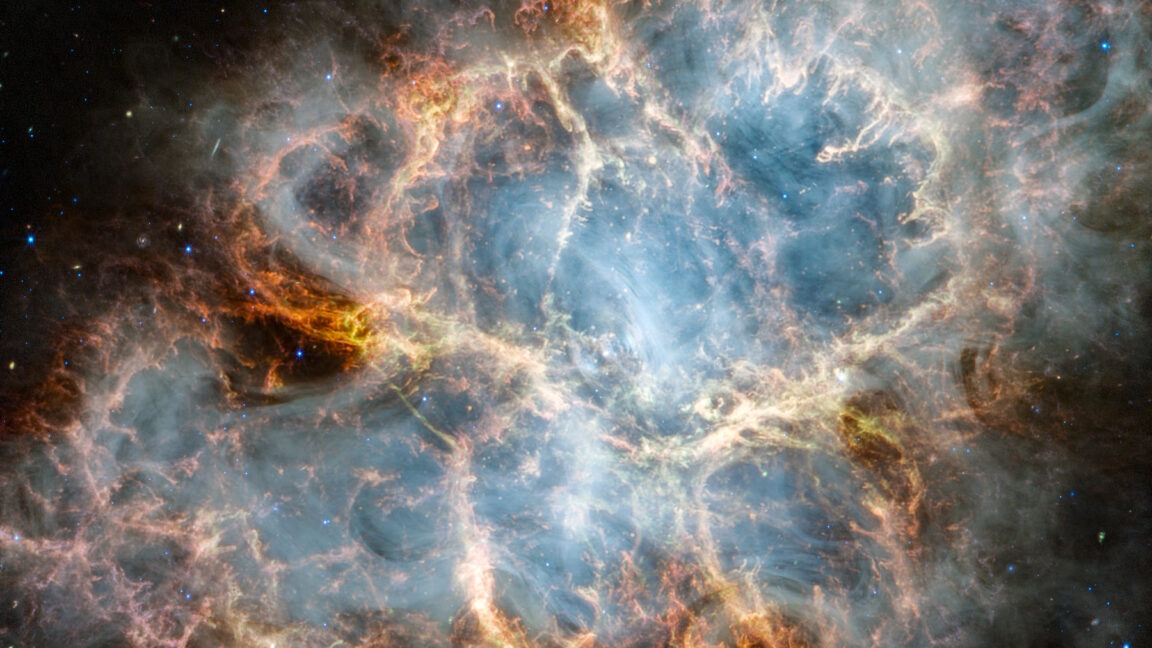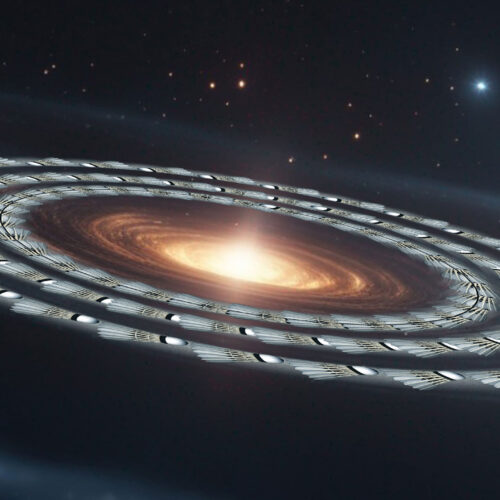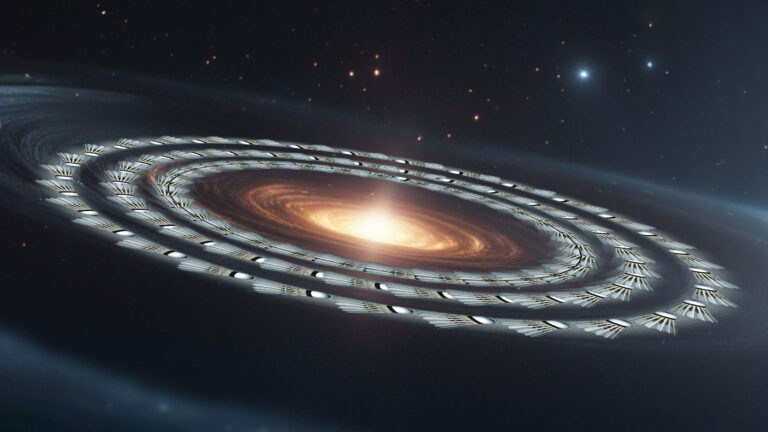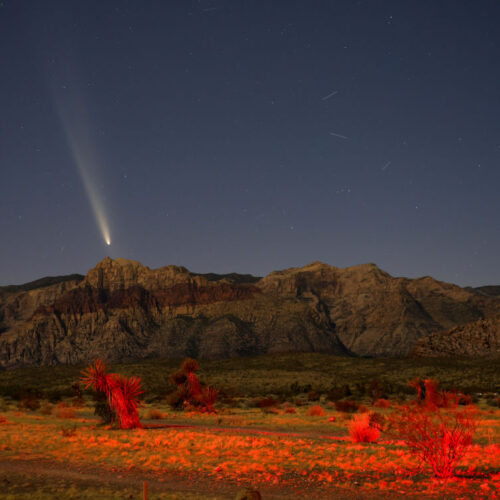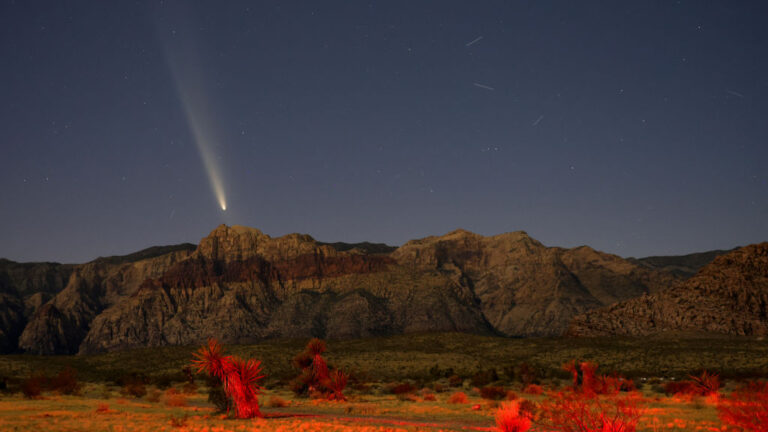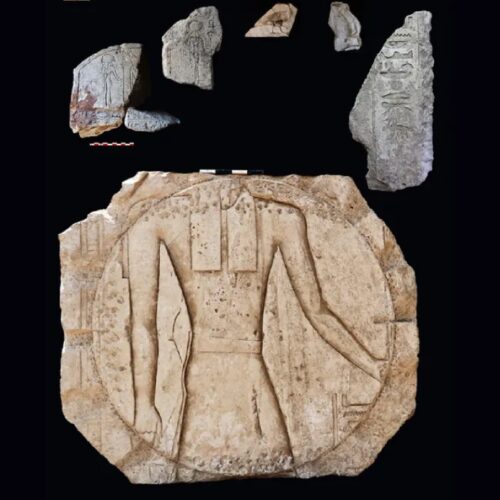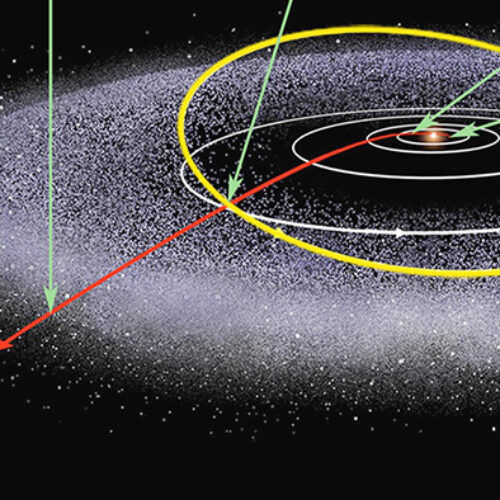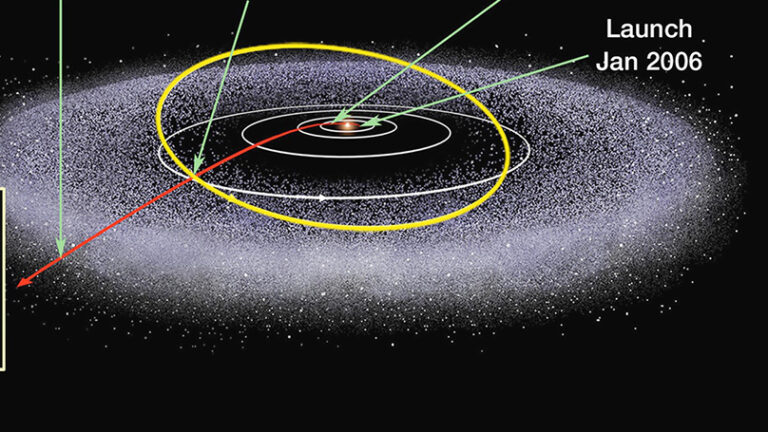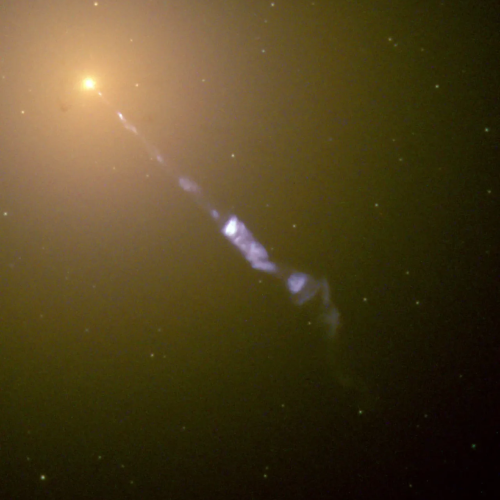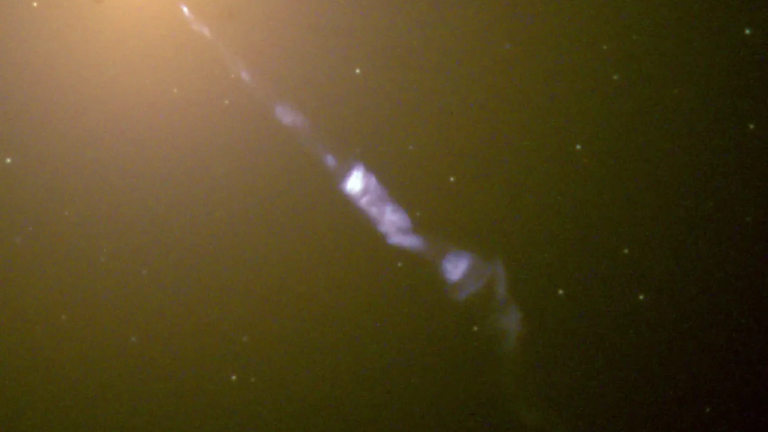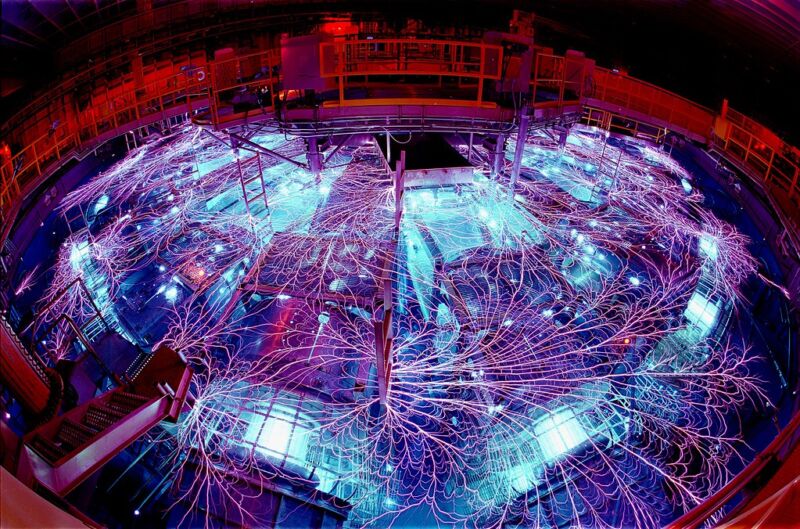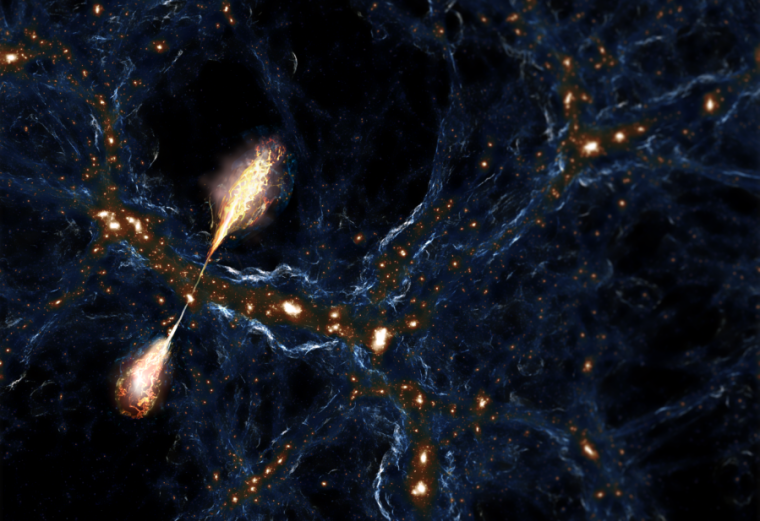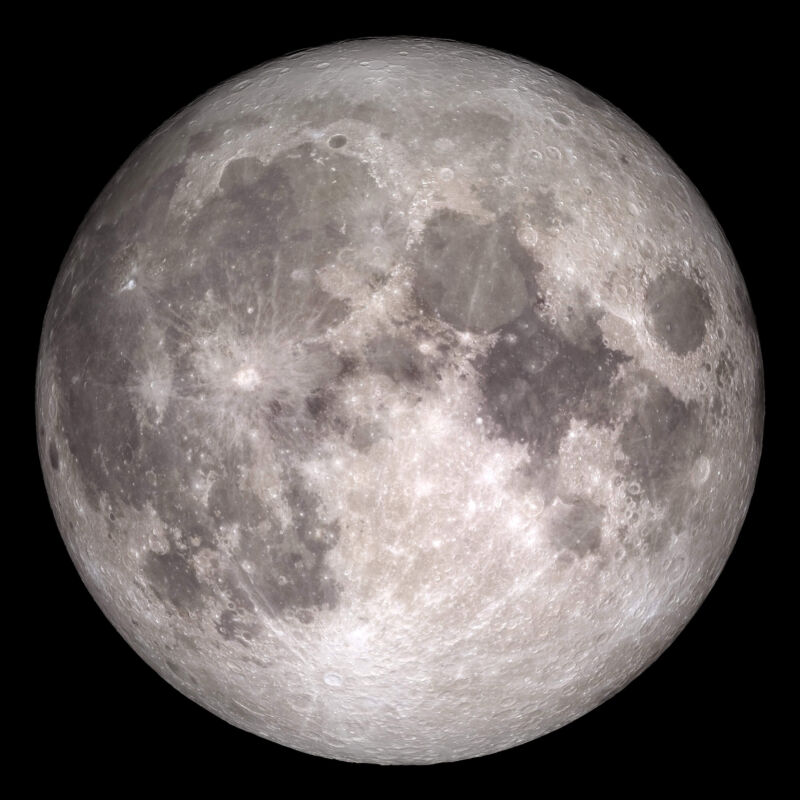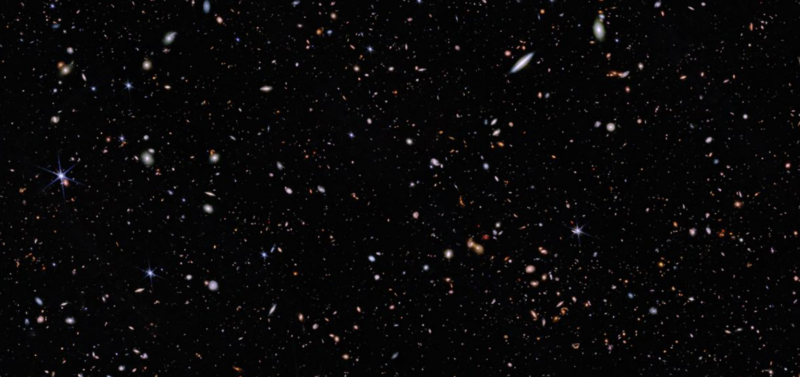Fast radio bursts originate near the surface of stars
When fast radio bursts (FRBs) were first detected in 2007, they were a complete enigma. As their name implies, these events involve a very brief eruption of radio emissions and then typically silence, though a few objects appear to be capable of sending out multiple bursts. By obtaining enough data from lots of individual bursts, researchers gradually put the focus on magnetars, versions of neutron stars that have intense magnetic fields.
But we still don't know whether a magnetar is a requirement for an FRB or if the events can be triggered by less magnetized neutron stars as well. And we have little hint of the mechanism that produces the burst itself. Bursts could potentially be produced by an event in the star's magnetic field itself, or the star could be launching some energetic material that subsequently produces an FRB at some distance from the star.
But now, a rare burst has provided indications that FRBs likely originate near the star and that they share a feature with the emissions of pulsars, another subtype of neutron star.
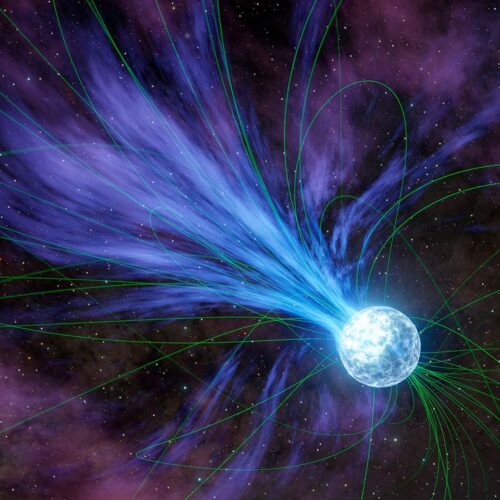
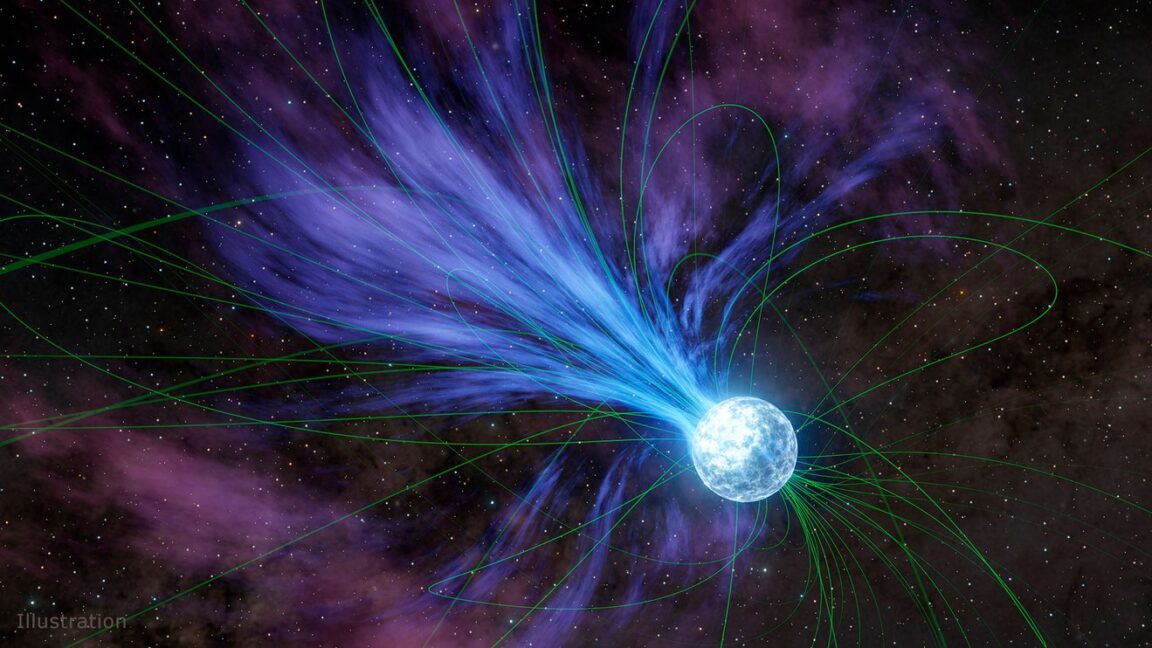
© NASA/JPL-Caltech
